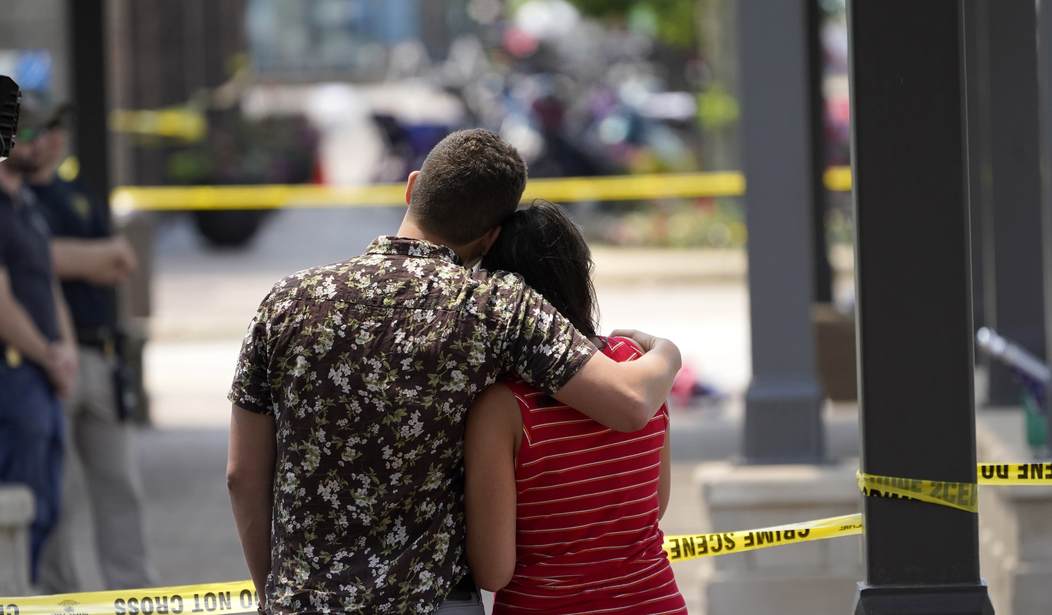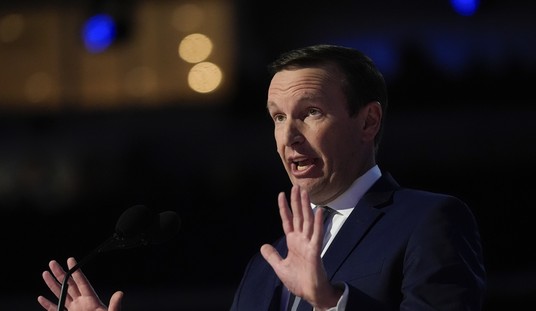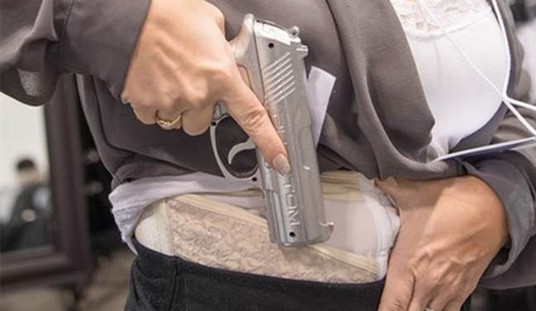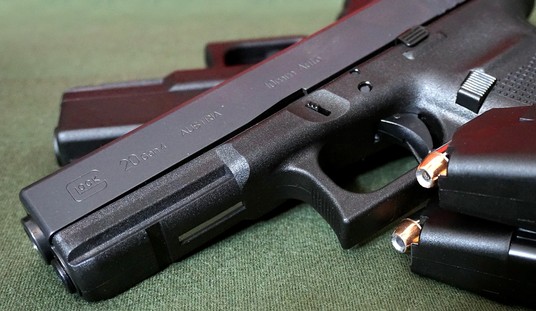If one thing that we can learn about academia, is that it’s a factory for soaking up resources in the name of research. If academics are not publishing, they’re perishing. One recent study alleges to track gun buying patterns of so-called mass/active shooters in the time prior to an event. The Phys.org piece reporting on the study, funded by the National Institute of Justice and the California Firearm Violence Research Center, glosses over some compelling statements of fact, but also gives some potentially unwarranted validity to this “interesting” course of study.
The increase in gun violence in the United States has put pressure on law enforcement and others to find ways to reduce it. In 2022, there were 647 mass shootings, up from 383 in 2016. There has also been a three-fold increase in active shooter events between 2000 and 2016. These are defined as “one or more individuals actively engaged in killing or attempting to kill people in a populated area.”
A first-of-its-kind study examining records of gun purchases in California found that mass and active shooters have distinct patterns of buying guns compared to other legal purchasers. The UC Davis Violence Prevention Research Program (VPRP) research was published in the Journal of Criminal Justice.
We don’t have to venture far into this piece to already start calling “citation please.” The study and the piece are both conflating two different things. They’re trying to lean on available data, understandable, however the definitions of what a “mass shooting” is, versus an “active shooter event,” are two different things.
The mass shooting definition, per the study, directly states “mass shootings, defined as public attacks with four or more fatalities.” A 2015 report defines “mass shooting” based on the FBI’s definition of “mass murder.”
A United States Concealed Carry Association fact sheet discusses these definitions further:
The Federal Bureau of Investigation (FBI) defines a mass murderer as someone who kills four or more people in a single incident (not including himself) with no “cooling-off period” between the murders, typically in a single location.
The 2015 report expands that definition to get to “mass shooting”:
Based on this definition, for the purposes of this report, ‘mass shooting’ is defined as a multiple homicide incident in which four or more victims are murdered with firearms, within one event, and in one or more locations in close proximity.
The “active shooter” definition is a true definition, as described by the FBI:
U.S. federal government agencies define an active shooter as “an individual actively engaged in killing or attempting to kill people in a confined and populated area.” The FBI expands this definition to include more than one individual in an incident and omits the word confined as the term excludes incidents that occurred outside buildings.
Out the gate, we have a conflict in what we’re talking about. When discussing these “events,” there needs to be a very clear delineation between what’s being discussed and where the statistics come from. Further, the piece discussing the study completely ignores one of the most important things to cite from it, which takes away from the authenticity of the reporting:
Although mass shootings account for <1% of all US firearm homicides (Smart & Schell, 2021), they have a tremendous impact,[…]
This statistic is one that needs to be repeated in every news coverage of mass shootings or active shooter events. Yes, they have a tremendous and awful impact, but still account for less than 1% of all U.S. firearm homicides. The quote continues, with the spin:
[N]ot only on the immediate victims, survivors, and affected communities (Lowe & Galea, 2017), but also on broad public perceptions of safety. Around 1 in 3 Americans avoid places and events, particularly public events, out of a fear of mass shootings (American Psychological Association, 2019).
If this is supposed to act as bonus material to what the full crux of the piece is, who’s to say. We can see the narrative is being pushed to make it seem like 33% of our population are turning into complete shut-ins due to an irrational fear of being shot up.
The problem with this type of reporting and study is there’s just far too much garbage to sift through. Personally finding opportunities to fact check and or feel the need to expand on what something “is” or is supposed to be, analysis of all of these types of works is tedious. Making this more complicated, not all of their “statistics” are cited, so how reliable are they?
This is supposed to be about patterns. The reporting gets to their point quicker than we can:
The researchers identified several distinct patterns of gun purchases for buyers who went on to commit mass shootings. Compared to other legal gun purchasers, mass and active shooters who perpetrated an attack between 1996 and 2018 and had a history of authorized purchasing:
- purchased more handguns in the year before the attack
- purchased their first gun at an older age
- were more likely to have a history of purchase denials
Some buying patterns suggest pre-attack planning and a desire to have a firearm purchase record that was harder to trace. Analyses of individuals from California who perpetrated a mass or active shooting between 1985 and 2018 found that firearms acquired closer to the date of the attack were more likely to be:
- long guns
- used during the attack
- purchased out-of-state
- acquired in an unauthorized manner, even among some mass and active shooters who were not prohibited from buying guns at the time of purchase
Someone paid to have this study done. To their credit, they point out some of the “limitations” involved in the data they had available. But not to their credit, when looking at the “limitations,” both the writer of the article, and really prior to that, the persons conducting the study should have just called an “all stop.” Here’s what they had to say about the limits of the study:
The researchers noted that the study had limitations. The sample size of 22 mass and active shooters in the case-control analysis was small, which limited their ability to look at multiple independent variables.
Whether or not it’s relevant, the study group was from California. The fact that California has strict and different/changing firearms laws – especially across the date ranges of which this data was extrapolated – does mire the results a bit. Or maybe we can point to their sample size of 22 subjects. The authors of the study, which they drew data from 1985-2018, used 22 examples to draw their conclusions. They classify that as a “limitation,” we could consider that inauthentic.
The read between the lines here is that academia will take money to try to study anything and everything. Beyond that, the mind almost needs to automatically default to, How are they going to weaponize this against us? That’s simple. This is another arrow in the quiver of why firearm purchases need to be tracked. Could we see a state like California cramming those criteria into a database and having flags thrown up for individuals that meet some of those descriptions? Completely.
What can be seen as totally ridiculous and a complete waste of time, can and will totally be used against us. What will the fine minds of the anti-gun researcher think of next? Hard telling. But in 2023, it’s damn near anything goes. What we can say as almost Gospel is they will use it all to take away our liberties.








Join the conversation as a VIP Member